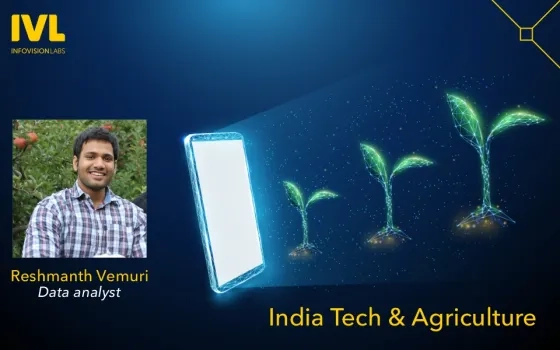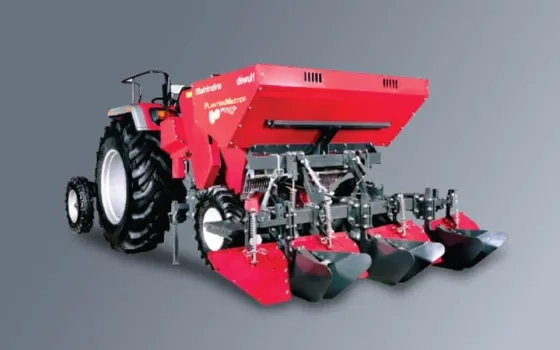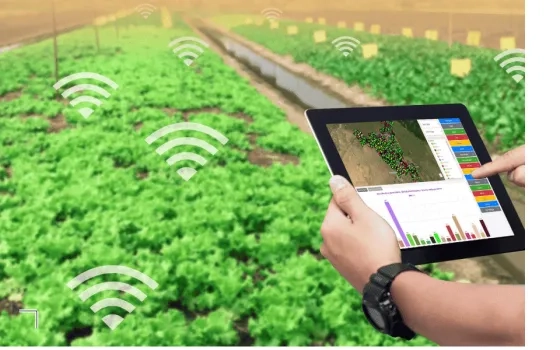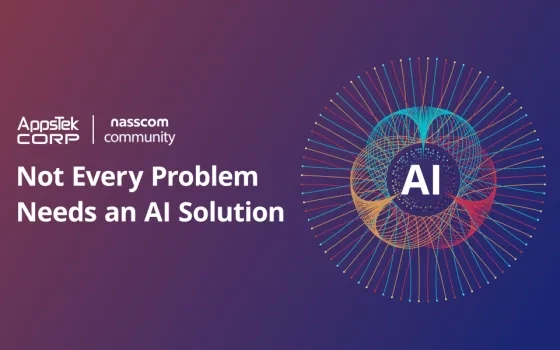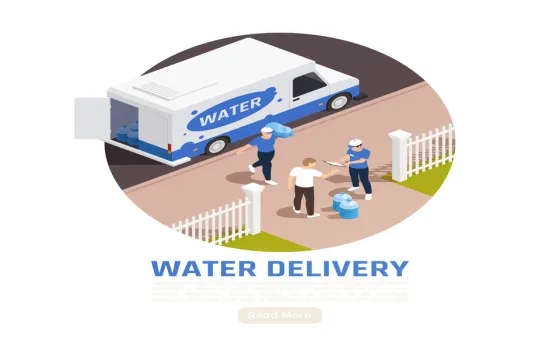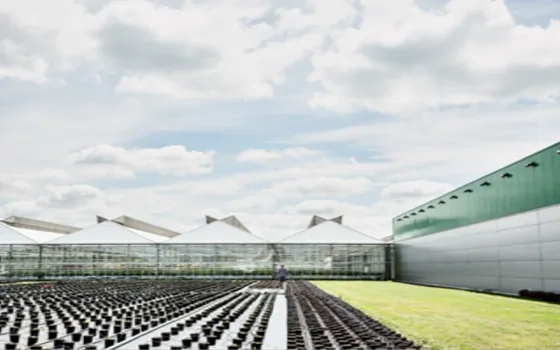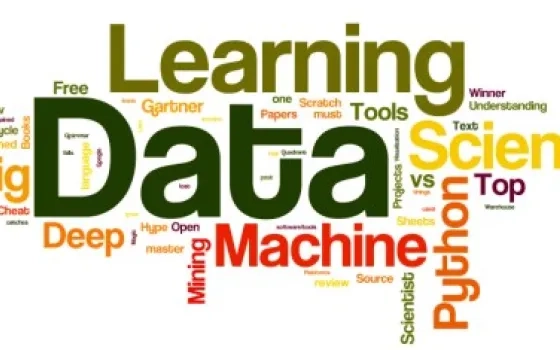The world population is projected to grow to 29% by 2050 nearing a staggering 10 billion and another 1.3 billion by 2100. India is projected to add another 30 crores to its population by 2050.
We cannot use the same age-old unsustainable agricultural practices and philosophies to accommodate the rapidly growing population as it would put great pressure on the environment and natural resources, boosting greenhouse gas emissions.
Fingers can be pointed, and people can be blamed all for no good. Instead, This article aims at looking at trends and approaches that we could incorporate to improve the situation of the industry of Indian Agriculture. Before that can be done let us get a quick overview of the 4 stages of the agriculture revolution.
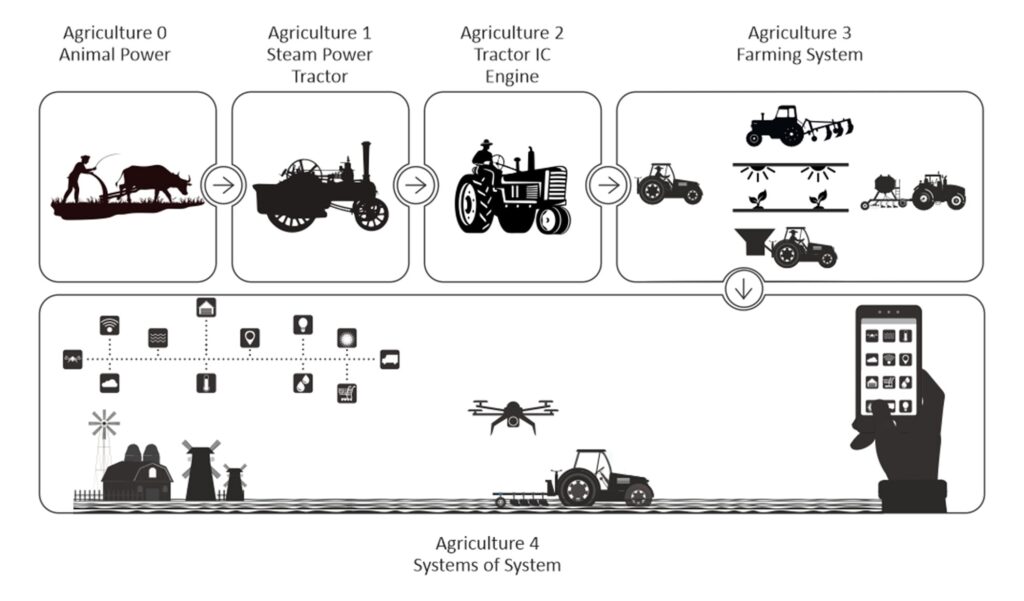
Agriculture 1.0. describes agriculture from ancient times to about the 1930s. Farming encompassed manual labor rooted in traditional ways. Adapted to the local environment and done on a small scale, Risk prone. Many family farms in India are part of this tradition as well.
Agriculture 2.0 was during the 1930s to 2010s. Here farming was easier and less risky owing to the advent of machines, newer tools, fertilizers, and genetic alteration of seeds.
The 1950s really kickstarted this agricultural revolution in India thanks to the operations spearheaded by India’s 2nd Prime minister Mr.Lal Bahadur Sastri. This has created the concept of agriculture as an industry pushing farming into the economic edge & reducing prices of food.
Agriculture 3.0. The most recent phenomenon where we are amalgamating technology & computing power with agriculture. Rapid integration of High-tech sensors, cloud computing, specialized software, and the Internet of Things into farming.
Although Agriculture 3.0 might be a recent phenomenon, the rapid change in technology in the past 5 years might be already pushing us towards our transition to Agriculture 4.0 in the next couple of years. Below will be the technologies and practices that will make sure it does.
Cloud Computing & Mobile tech integration:
With the wide adoption of smartphones, the Indian farming industry can make great use of Software as a Service (SAAS) service kind of applications that help the farmers in managing crops. Reducing the amount of crop loss is possible by synchronizing work plans with accurate weather. Track costs profits & gross production yields against ideal benchmarks. Perfect demand predictions are possible with in-app data collection.
Internet of things, Big data & Cloud computing help achieve precision farming & livestock management
Precision farming is an interdisciplinary approach that relies on the Internet of things, Machine learning, Big Data & Cloud Computing to help reduce waste and nullify risk in farming.
This approach collects enormous data on various contexts like Crop demand, Crop health, Pesticide use, weather, dealer network, prices, and logistics. Analytics and Machine learning provides data that tell the farmers the precise quantity of crop harvesting.
With the Precision farming micro-level i.e per sq meter or even plant level and gives them a precise measure of the number of fertilizers and pesticides to be used.
Precision livestock management with RFID tagging:
Government & local veterinarians are currently using tags to assign an ID to cattle which helps them track their health, medicine & vaccination dosages using traditional methods like bookkeeping or on-premise software.
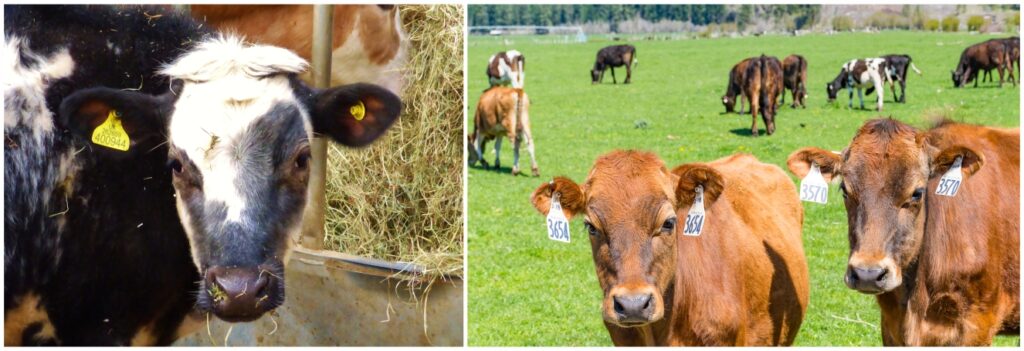
Incorporating RFID tags can help migrate the existing practice to the cloud. This can help in tracking cattle location and health data on a momentary basis which makes monitoring and keeping a database of the health history of each animal. Which in turn helps in precisely adjusting nutrition & medication, preventing disease spread by locating and isolating the affected animal until its cured.
Agricultural Drones
Farmers in developed nations are already implementing areal drones for crop health assessment, monitoring, irrigation surveillance. With a bit of help from AI, drones can also achieve soil and field analysis.
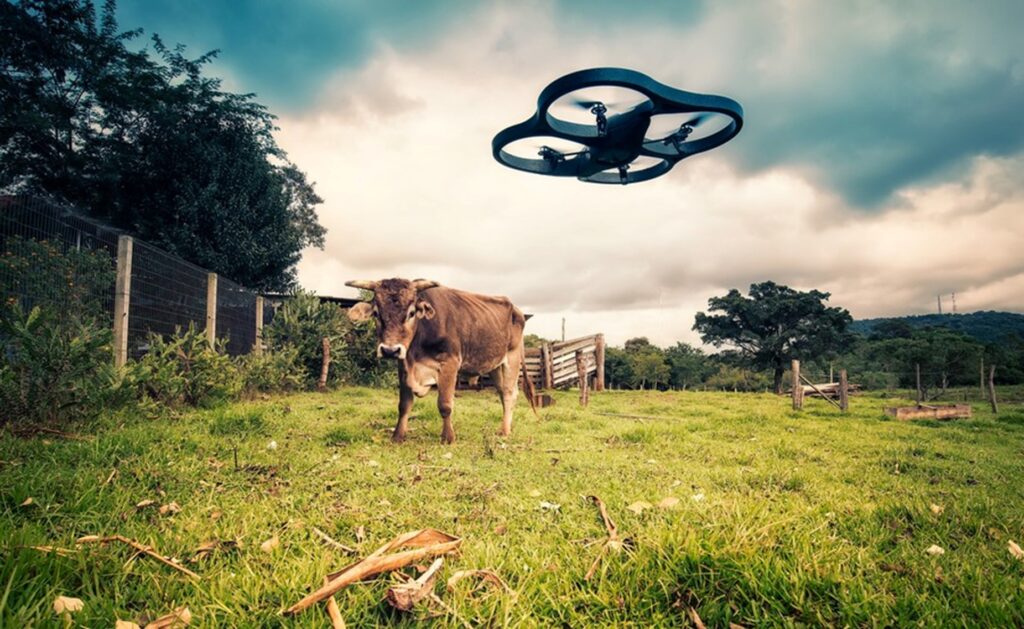
By fitting Drones collection of visuals and videos along with multispectral and thermal mappings provide farmers with insights like plant height, count, health indices, etc.
These insights help in analysing and predicting the crop yield
These drones technologies can enable farmers to have a scientific understanding of their environment of cultivation. Access to conductivity mapping allows farmers to accurately assess metrics like
- Soil conductivity,
- Texture of soil
- Cation Exchange Capacity
- Hydration properties of soil
- Stress locations in the land like weeds & insects.
Hydroponics, Vertical farming, renewable energy:
Hydroponics is the practice of growing plants & crops without soil by using mineral & nutrient solutions mixed with water. Agricultural scientists in the 70s theorized that the only purpose of soil is to supply the plant with nutrients and minerals.
Adoption and refining of this technique during the mid-2000s was done. Enthusiasts went a step ahead inspired by NASA by growing plants in warehouses. Supplying them with the necessary light of the right frequencies using LEDs. The result is the concept of URBAN FARMING.
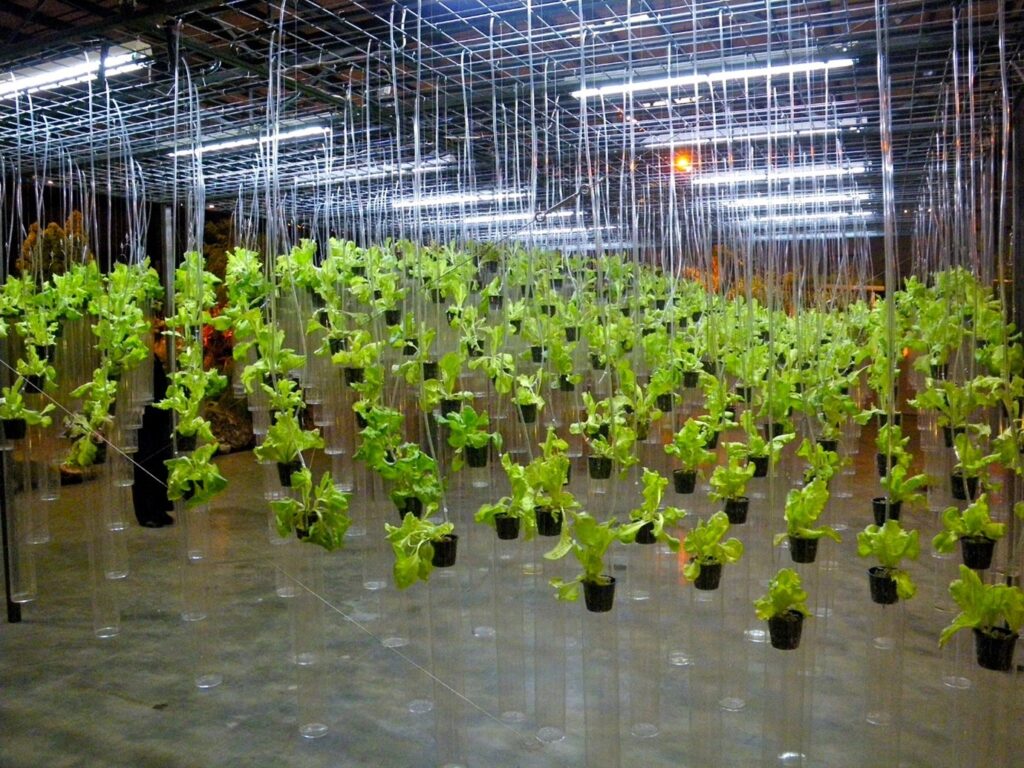
Gotham Greens a Brooklyn-based startup has already Proved that this can be achievable. They grow their produce in a controlled urban environment using IoT to control parameters like temperature, light intensity, and nutrient feed. As a result, the stacking of rows of plants on frames one on one produces everyday vegetables with renewable energy.
At present with the help of renewable energy, there are 10 million heads of greens/year. Zero soil used with a final product indistinguishable from traditionally grown vegetables.
Summary:
The name of Bharat i.e India has always been synonymous with agriculture. The international media & filmmakers never miss a chance to us portrayed to be a land encompassing these boundless green farmlands. We are known as a nation romancing agriculture. They are not wrong.
A google search in Wikipedia gives us these statistics.
- We export our food to more than 120 countries and rank 1st in the world in the net cropped area.
- Exported $38 billion worth of products making us the 7th largest agriculture exporter in the world.
- One of the 5 largest producers of over 80% of agricultural products and the world’s largest producer of milk.
- In 2016 Agriculture and its allied sectors accounted for 15.4% of India’s GDP.
- As of 2018, 44% of India’s total workforce was employed in Agriculture.
Despite these accomplishments, there is an undesirable side to this story.
- As per a report by Food & Agriculture organization in 2015, 15% of its population suffers from undernourishment.
- Crop yields in India are just 30% to 60% of the best sustainable crop yields.
- Post-harvest losses due to poor infrastructure and unorganized retail cause India to experience up to 16% food losses. This is one of the highest in the world.
In Short, We are a country that allocates the highest square area for farming. Employs most in its workforce, produces the highest yield in the majority of crop & food categories of the world…….. yet are inefficient in our product. We lose 16% of our products between them leaving the farm en route to the end customer. While 15% of our population is in need of better nutrition.
With the looming issues of population growth and global warming. We as a species just cannot afford these kinds of inefficiencies.
In conclusion, I want to say that that the topography of Indian agriculture will go through a massive transformation owing to the needs of a rapid ascending population and ever more rapid improvement in technology.
In the future, more than a handful of technologies will dictate this drive. This time around, it shall be an amalgamation of probably a dozen or more cutting edge technologies coming together working precisely in harmony – 5G, AI & ML, Renewable energy improvements, Urban farming tech, Drones, Crop genetic research, light-weight & power-dense Solid State Batteries that will go into these drones, Graphene, Cloud Computing, RFID, Rapidly evolving mobile SOCs ………….just to name a few.
This blog was originally published on IVL Global.



